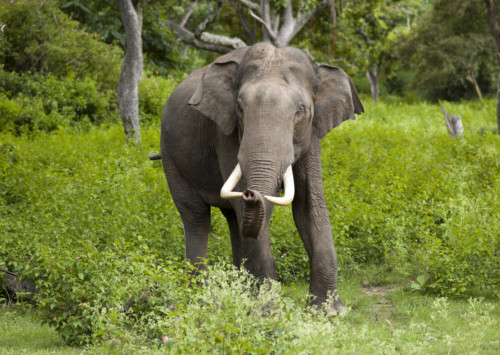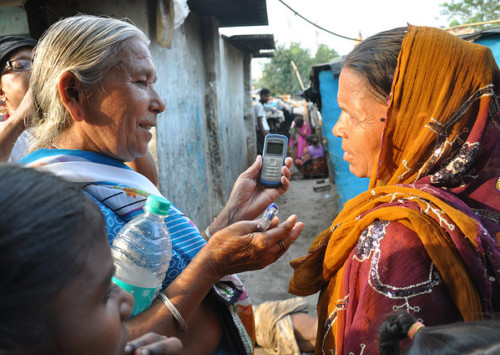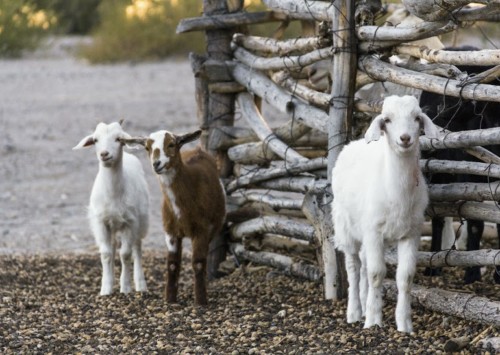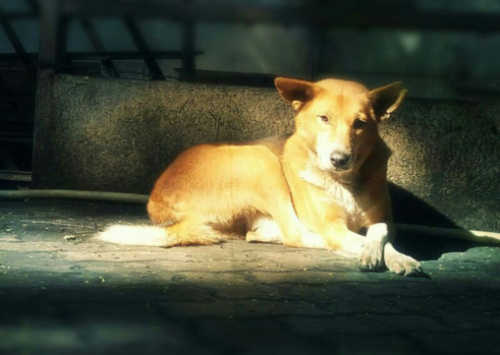An app to track snake bites and save lives
The Big 4 Mapper app developed by the Indian Snake Bite Initiative will track snake species for the purpose of developing better antidotes among others.
The American Society of Tropical Medicine and Hygiene (ASTMH) reports that in India, six people die of snake bites, every hour. Yet, despite this enormous man versus animal conflict raging around the country, the data in relation to these deaths is either unavailable or if available, it is in conflict. For example, the Indian government data shows the rate of snake bite deaths to be at around 1,000 deaths, a year. On the other hand, the ASTMH reports around 50,000 deaths, a year. This lack of basic information makes it impossible to form national and state-level policies to develop better anti-venom and aid hospitals stock them.
Necessity and invention
To address this difficult situation and our understanding of snakes – which has a unique position in India where they are revered and revulsed – Jose Louies of the Wildlife Trust of India has developed an Android app. The Big4 Mapper app helps herpetologists and conservationists map out the distribution of snakes and snake bite incidents reported across the country. The Indian Snake Bite Initiative is leading the project by the horn by collating incidents at the ground zero. The app helps the researchers and policymakers get a clear picture of the scale of the situation. The app has the potential to be a life saver when it reaches critical mass and if the government gives it a positive recommendation.
The idea behind the functioning is very simple. Snake rescuers are to download the app and every time they go on a rescue mission; they are to take a photo of the snake that they rescued. Every time, a photo is taken, the app automatically logs in the GPS coordinates, time and the date. The rescuer also enters which species, where the snake was found – inside or outside the house – and what state it was found it – dead, alive or injured. Prevention of fake entries is ensured by the fact that the photos can only be clicked via the app and not be uploaded from a third party.
“There is no dearth of snake rescuers in the country. There are at least 6,000 of them who are officially registered with the forest department,” said Louies who heads the Wildlife Crime Control Unit of the Wildlife Trust of India.
Better data, better anti-venom
India has about 300 varied species of snakes out of which about one-sixth is venomous. Yet, it is only the “Big Four” – common krait, the Indian cobra, Russell’s viper and saw scaled viper that cause about 95 pc of all the snakebites in the country. Louies said, “The app logs only the Big 4 now, but we will add 30 more by December”.
As of the moment, India has access to only polyvalent serums which are a combinations of serums extracted from the Big Four. Of course, doctors do not have to waste time in diagnosing the origin of the bite, however, these serums are not very effective and sometimes, if the bite is not from a Big Four snake, it does not even work. This is where the app comes in. Its enormous database containing the details of varying species of snakes would ensure that the researchers of anti-venom know how to counteract the poison.
With increasing urbanisation of the country, mitigating snake bites – especially of cobras – is of paramount importance, Louies said. “We have created the perfect environment for them. Piles of garbage attracts rats, which is the main prey for cobras. Our sewage system also gives cobras an efficient transport system to travel with cities and towns – helping in the growth of the population,” he said. “Not only do these civic issues need to be addressed, but our understanding of snakes need to improve vastly,” he added.














